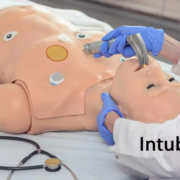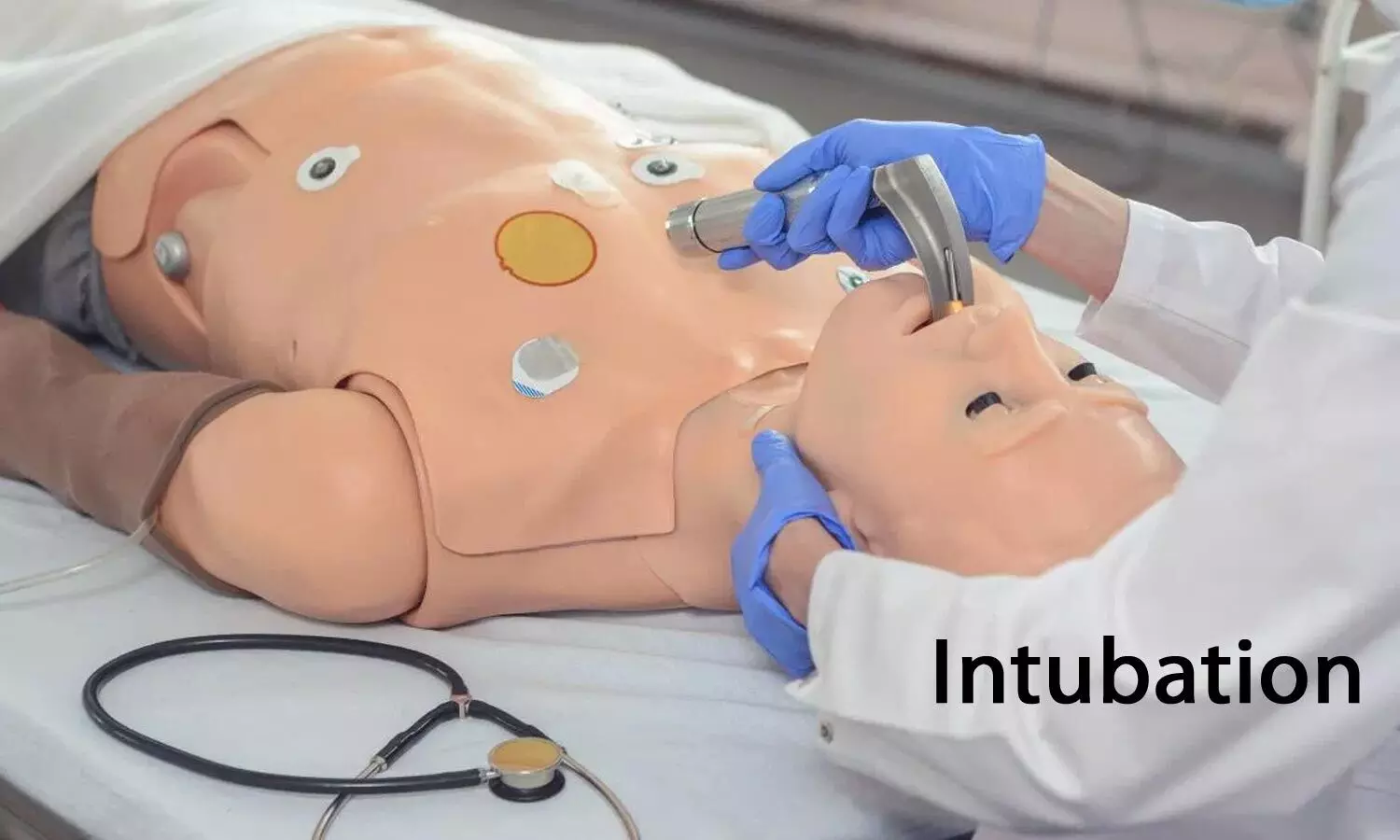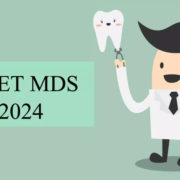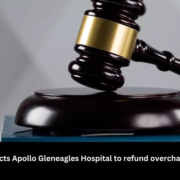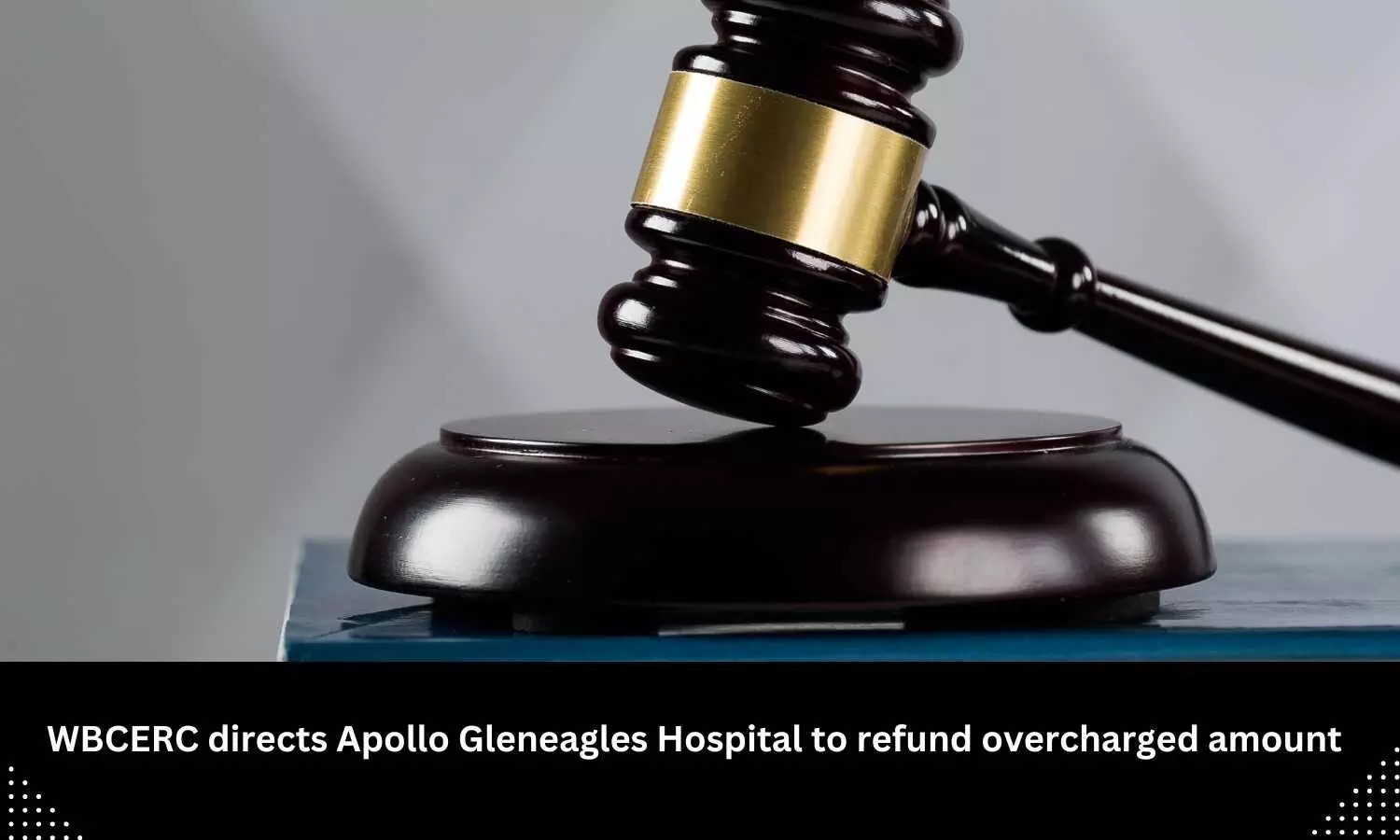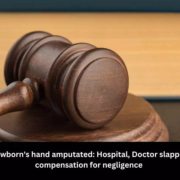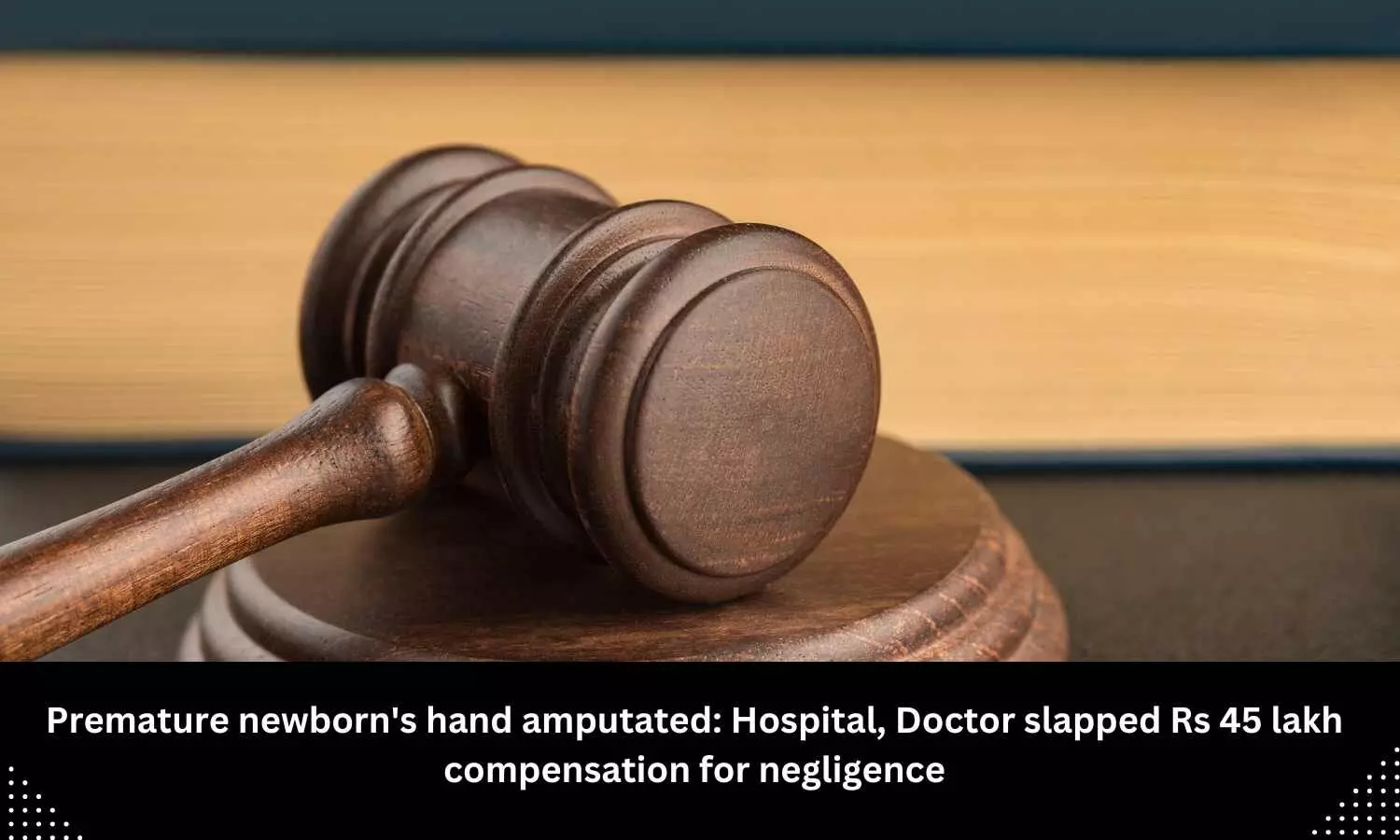Co-Use of Amphetamines and Alcohol Linked to Serious Liver and Kidney Damage: Study Reveals

Saudi Arabia: A recent study published in Scientific Reports has highlighted the dangerous effects of co-abusing amphetamines and alcohol, revealing that this combination significantly increases toxicity in both the kidneys and liver. The findings suggest a concerning synergy between these substances, leading to greater harm than when either is used alone.
Researchers have long understood the individual risks associated with amphetamines and alcohol. The prevalence of alcohol use disorder was 75% higher in patients dependent on amphetamines. Amphetamines, often prescribed for conditions like ADHD, can lead to increased heart rate, elevated blood pressure, and anxiety. Meanwhile, alcohol consumption is well-documented for its negative effects on the liver, contributing to conditions such as fatty liver disease and cirrhosis. However, the interaction between the two substances has not been explored thoroughly until now.
To explore the same, Ashraf M. Emara, Department of Pharmacology and Toxicology, College of Pharmacy, Qassim University, Al Qassim, Buraydah, Saudi Arabia, and colleagues aimed to evaluate the toxic effects of co-abusing amphetamines and alcohol on the liver and kidneys.
For this purpose, the researchers conducted a cross-sectional study at Amal Hospital for Mental Health in the Qassim region of Saudi Arabia, involving 100 participants. Seventy-five of these were patients hospitalized for substance abuse treatment, while 25 were healthy volunteers with no history of abuse. An experienced psychiatrist interviewed the patients and assessed them using DSM-5 criteria. The data from the healthy participants served as a control group, which was matched with the abuse group based on age and lifestyle.
Participants were divided into four groups: Group I included 25 controls; Group II consisted of 25 amphetamine (AMP) users; Group III included 25 alcohol users; and Group IV comprised 25 individuals who abused both amphetamines and alcohol. Researchers collected socio-demographic data, conducted complete medical examinations, and measured Body Mass Index (BMI). Blood and urine samples were taken from all participants for analytical tests to determine levels of alcohol and amphetamines, as well as to assess kidney and liver function.
The research produced the following results:
- The mean BMI values in groups II, III, and IV did not significantly differ from the control group. However, serum levels of albumin and alkaline phosphatase significantly decreased in all substance-abusing groups. In contrast, levels of alanine transaminase (ALT), aspartate transaminase (AST), and osteopontin increased significantly across all abuser groups.
- Fasting blood sugar levels rose significantly in alcohol users, while there were no significant changes in the amphetamine and combined groups.
- The mean urea levels remained stable in both amphetamine and alcohol users but showed a significant increase in the combined drug abuser group.
- Serum creatinine levels significantly increased in all abuser groups, with Cystatin C levels also rising significantly.
- Most biochemical parameters exhibited more than a twofold alteration in the combined group compared to the amphetamine or alcohol groups.
This study found that addiction to alcohol, amphetamines, or a combination of both is linked to liver and kidney damage. Co-abusing amphetamines and alcohol significantly increases toxicity to these organs. The combined use creates a stronger toxic effect, highlighting the need for treatment strategies that address this synergy.
“Recognizing these risks can help individuals make informed choices and seek appropriate support and treatment,” the researchers concluded.
Reference:
Alharbi, S., Aldubayan, M. A., Alhowail, A. H., Almogbel, Y. S., & Emara, A. M. (2024). Co-abuse of amphetamine and alcohol harms the kidney and liver. Scientific Reports, 14(1), 1-17. https://doi.org/10.1038/s41598-024-74459-5
Powered by WPeMatico


